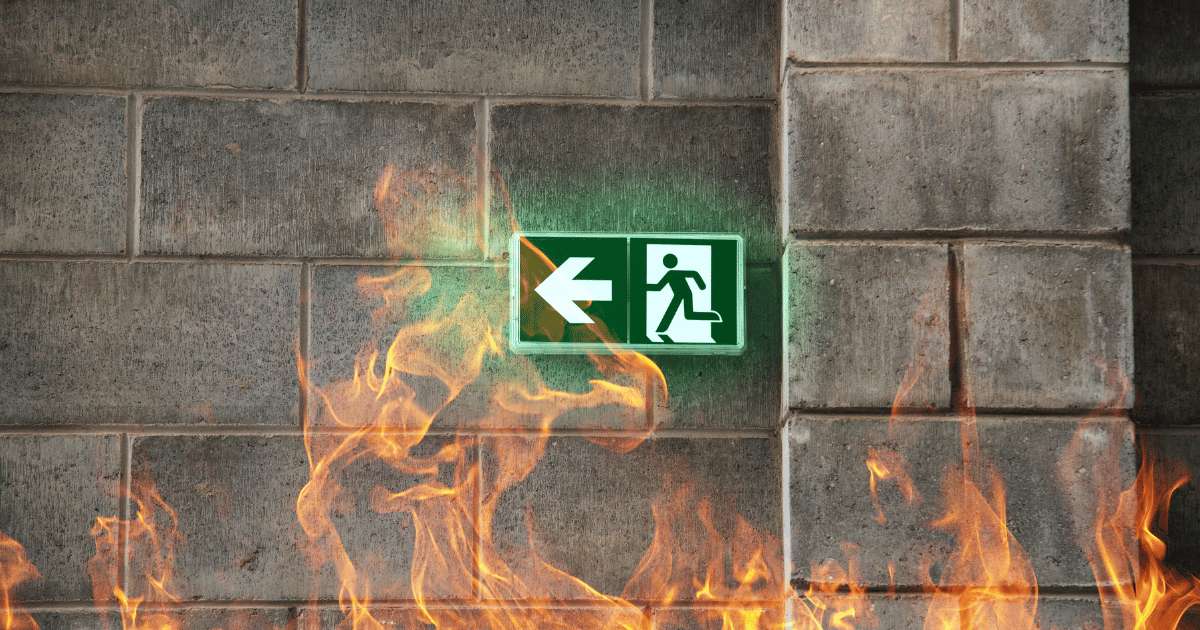Fire-Resistant Building Design Tips for Structural Engineers
Fire-Resistant Building Design is critical in today’s world. Explore essential safety requirements and regulations in this comprehensive guide. Learn to protect lives and property with advanced design practices.
Advancements in technology now allow precise fire resistance calculations, eliminating reliance on simplified methods. With IDEA StatiCa Connection, conduct detailed analyses, including EN/AISC standards. This article explains ‘How to approach fire design’ and spotlights IDEA StatiCa Connection‘s role in fire resistance analysis.
How to approach Fire-Resistant Building Designs ?
There are several methods considered when it comes to fire-Resistant Building Design
- Table Method
- Simplified Design (verifying a single element at normal temperature)
- Advanced Design (verifying with numerical calculation of fire resistance for connections).
Previously, simplified methods, such as Table Method or Simplified Design based on analytical or numerical approaches. However, these methods only considered individual members under standard temperature conditions. This oversight led to neglecting fire resistance in steel connections. The simplified Design approach assumed connections jas more reliance and slower heating than other elements. This caused economic and safety concerns.
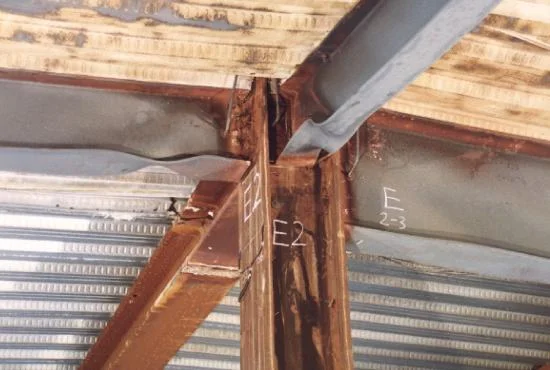
To address this issue, Advanced Design offers a solution to overcome the limitations of the Table Method and Simplified Design. Advanced Design excels at elevated temperatures, effectively addressing these limitations. Additionally, it enables numerical calculations for increased temperatures, extending its applicability beyond members to include connections as well.

Lets now dive into the calculation principle used in IDEA StatiCa and the steps taken to design steel connections in general.
The core calculation for Fire-Resistant Building Design
The calculation of fire resistance relies on the Fire Class, also referred to as the fire rating or fire curve, as outlined in authorised fire department documentation. This fire class specifies the duration the structure must endure before the potential collapse, allowing everyone to safely exit the building. This duration can range from 15 to 240 minutes (R15 to R240). It can be influenced by numerous factors, including building size, function, the number of levels, and exit locations. In practical terms, this means you can design a building to withstand a longer fire duration. This may make it more challenging to exit but ensures safety over a four-hour period, which also provides a quicker 15-minute exit option when needed.
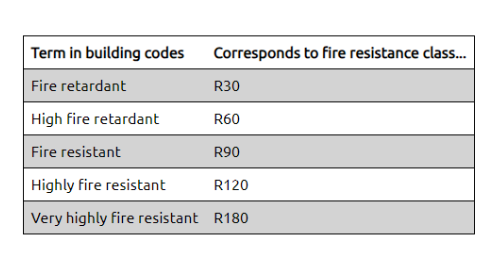
The next step is to select a fire curve, representing the progression of the fire, or accurately, the increase in air temperature. Realistically, this curve would result in a decline once combustible materials have combusted. But for design purposes, an artificial curve was developed on tests and inflated to give conservative results.
In IDEA StatiCa, you can choose from several types of curves based on Eurocode (ISO 834/standard fire) Or AISC (ASTM E119). Furthermore, special curves can be utilised based on how fast fire spreads, like hydrocarbon used for oil platforms, ships and industrial plants.
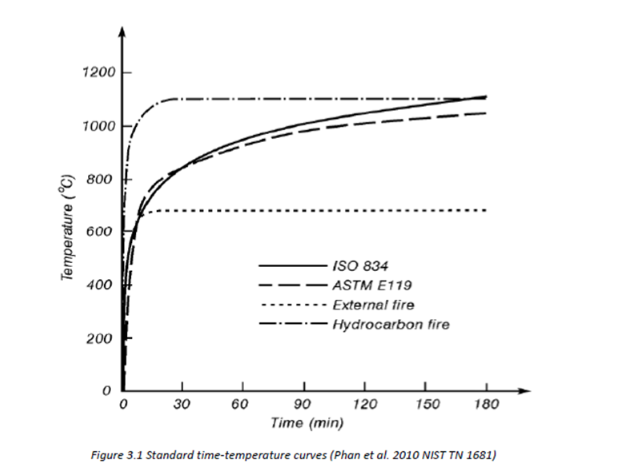
Depending on the fire curve, along with other material attributes and dimensions, IDEA StatiCa calculates the temperature of each element (such as plates) at a specified time aligned with the fire class. This is calculated through the incremental method. The temperature of bolts and welds is assumed to match that of the hotter connected plates. The software automatically, calculates plate temperature in compliance with prevailing standards, resulting in users being indicated if the fire protection is in place or not. IDEA StatiCa also can take the individual temperature of elements manually to get more accurate results.
Based on the temperature of the components, the material deterioration is assessed, subsequently defining the coefficient that lowers the material properties. Subsequent code inspections for plates, bolts and welds mirror those in standard stress and strain analysis, though users would use reduced values.
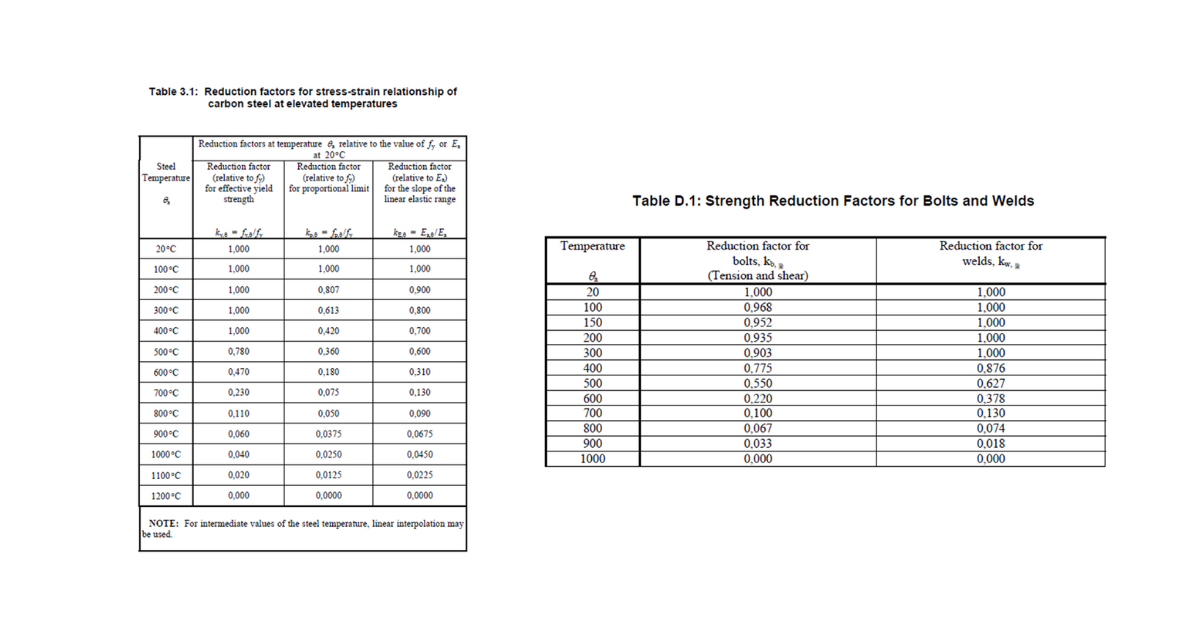
IDEA StatiCa demonstration of fire resistance analysis for Fire-Resistant Building Design
Below, there is a short demonstration of the results that is gathered from IDEA StatiCa Connection to get a picture of how the connection behaves under various extreme conditions, and also how the theory is applied.
1. The user runs a stress and strain analysis to see if the joint passes the code checks.
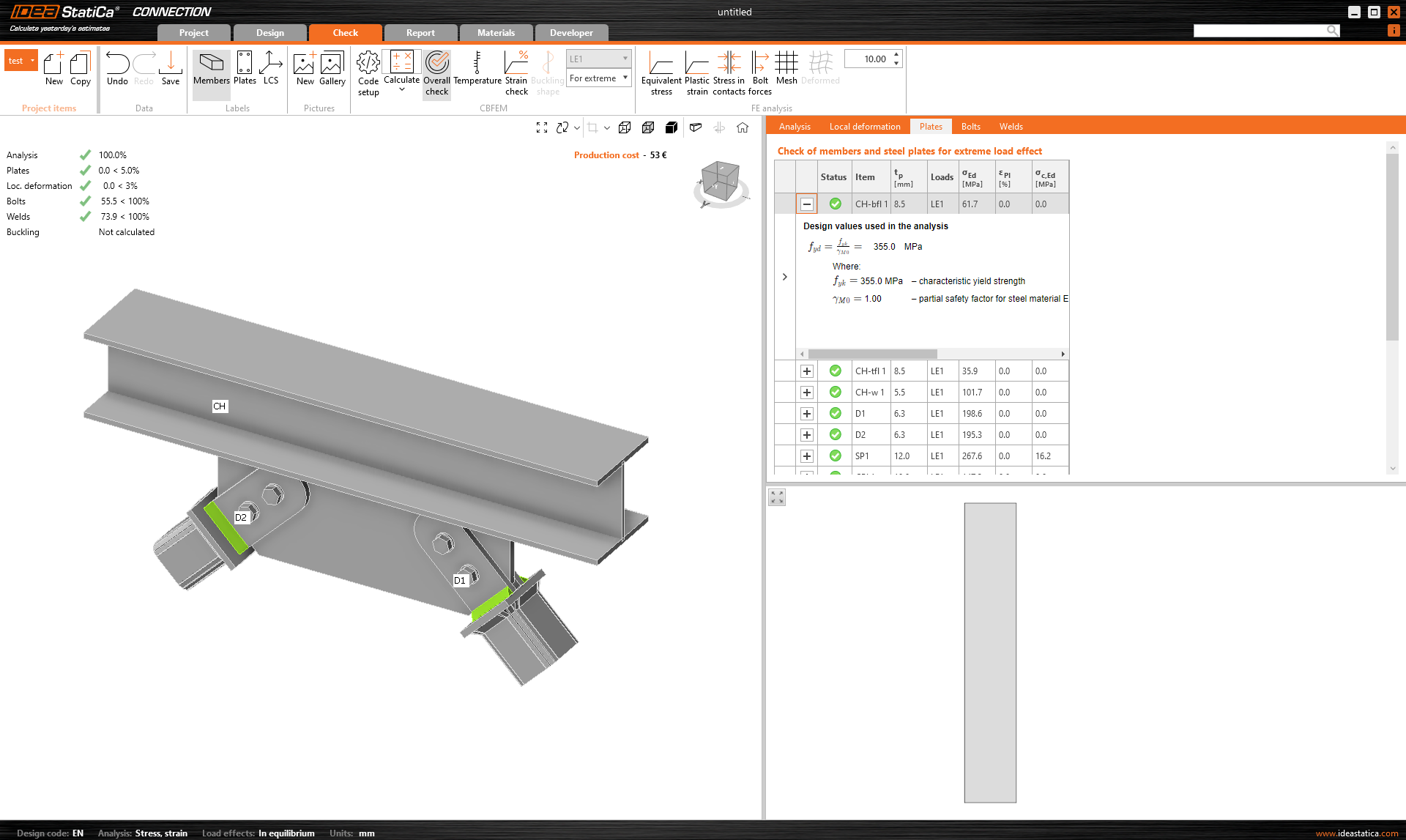
2. The user creates a copy of the project and sets up a fire resistance analysis. In the settings, the user chooses the lowest fire class, R15, and a standard fire curve, according to the Eurocode. In this case, the joint would be set up without a fire resistance.
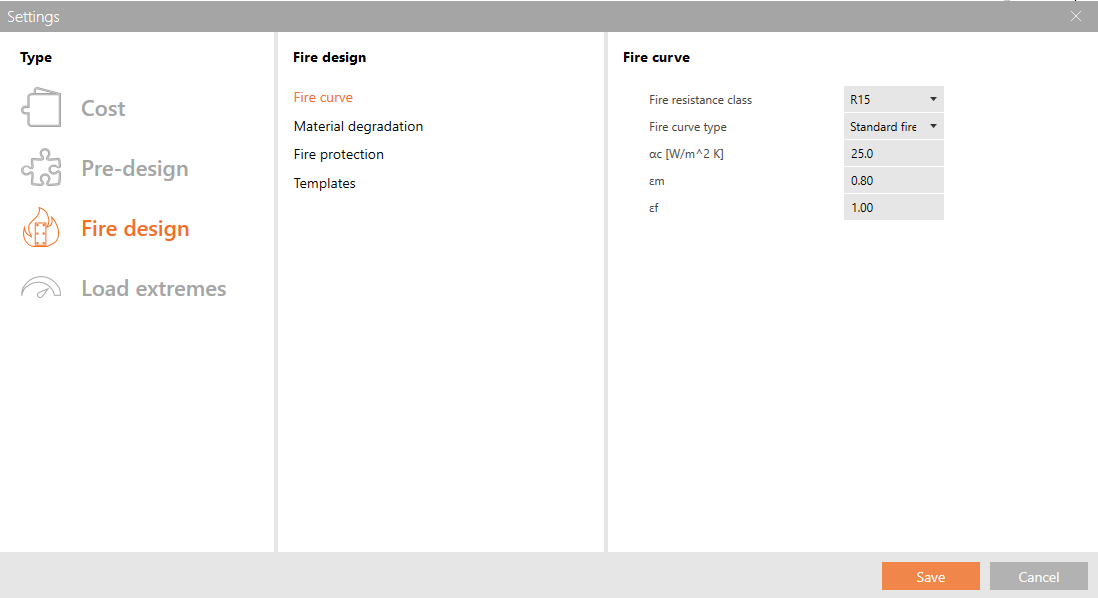
In the results displayed above, the temperature increases in various components without protection over 15 minutes, demonstrating the impact on material properties and consequently on the load-bearing capacity of the examined joint. Notably, within this timeframe, some components reached temperatures above 700 degrees celsius.
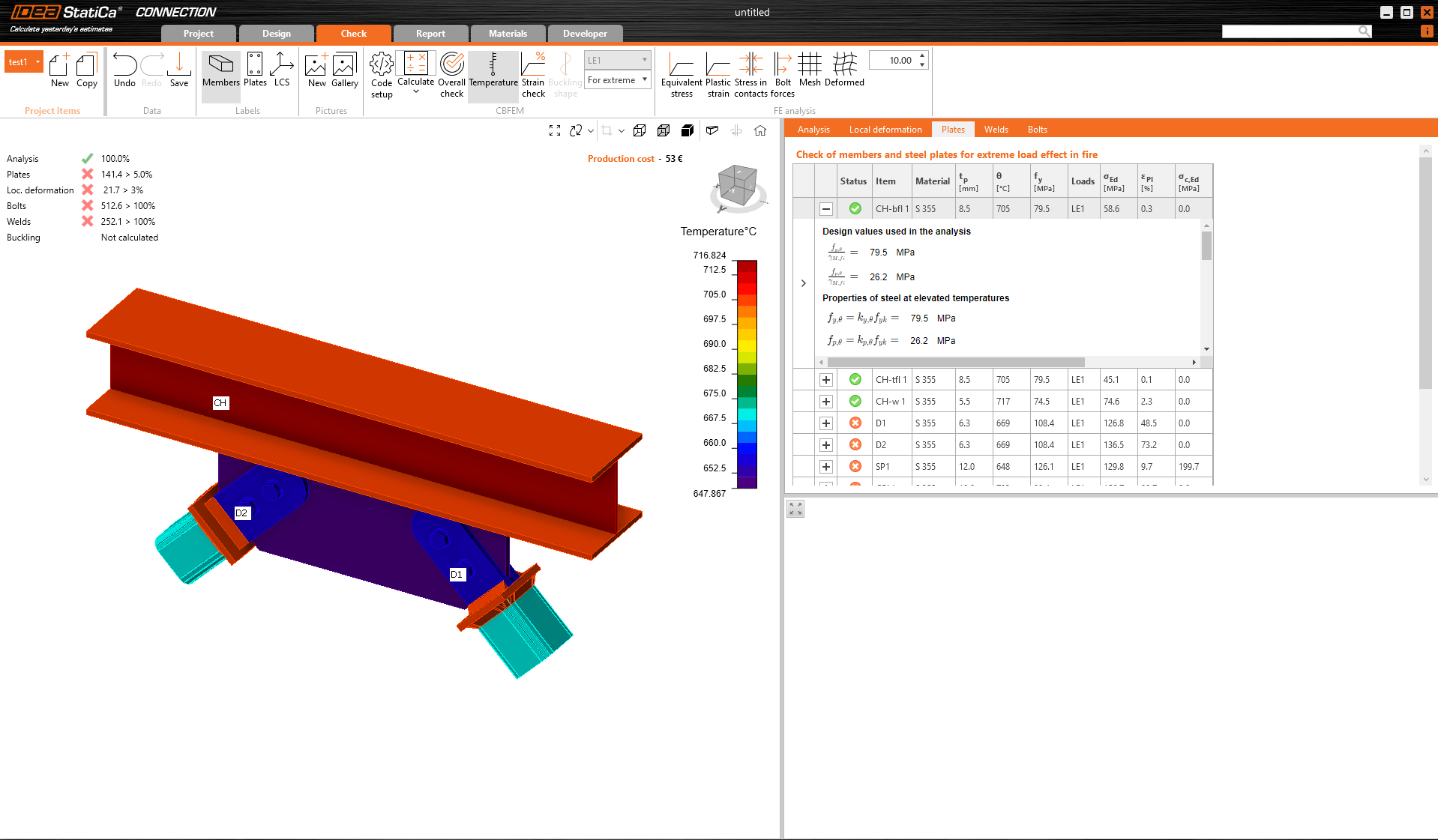
Through introducing fire protection, there is a significant change in values, particularly over a brief duration. The plates don`t heat up rapidly, preventing material degradation from becoming a concern.
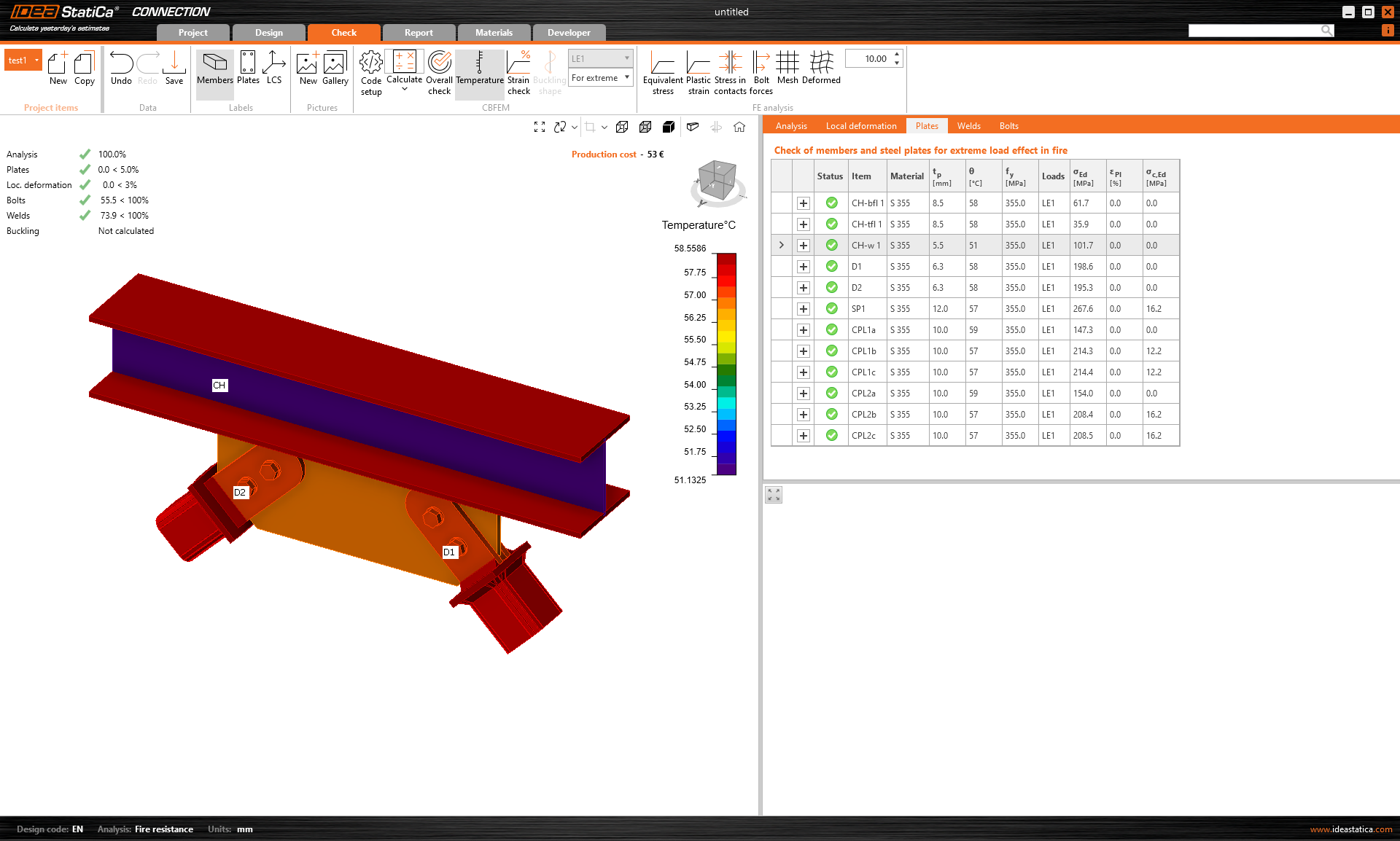
When the fire class is increased to R90, it extends the fire duration that the structure needs to endure ( temperature above 700 degrees celsius). However, the utilisation of the fire protection provides sufficient time to evacuate.
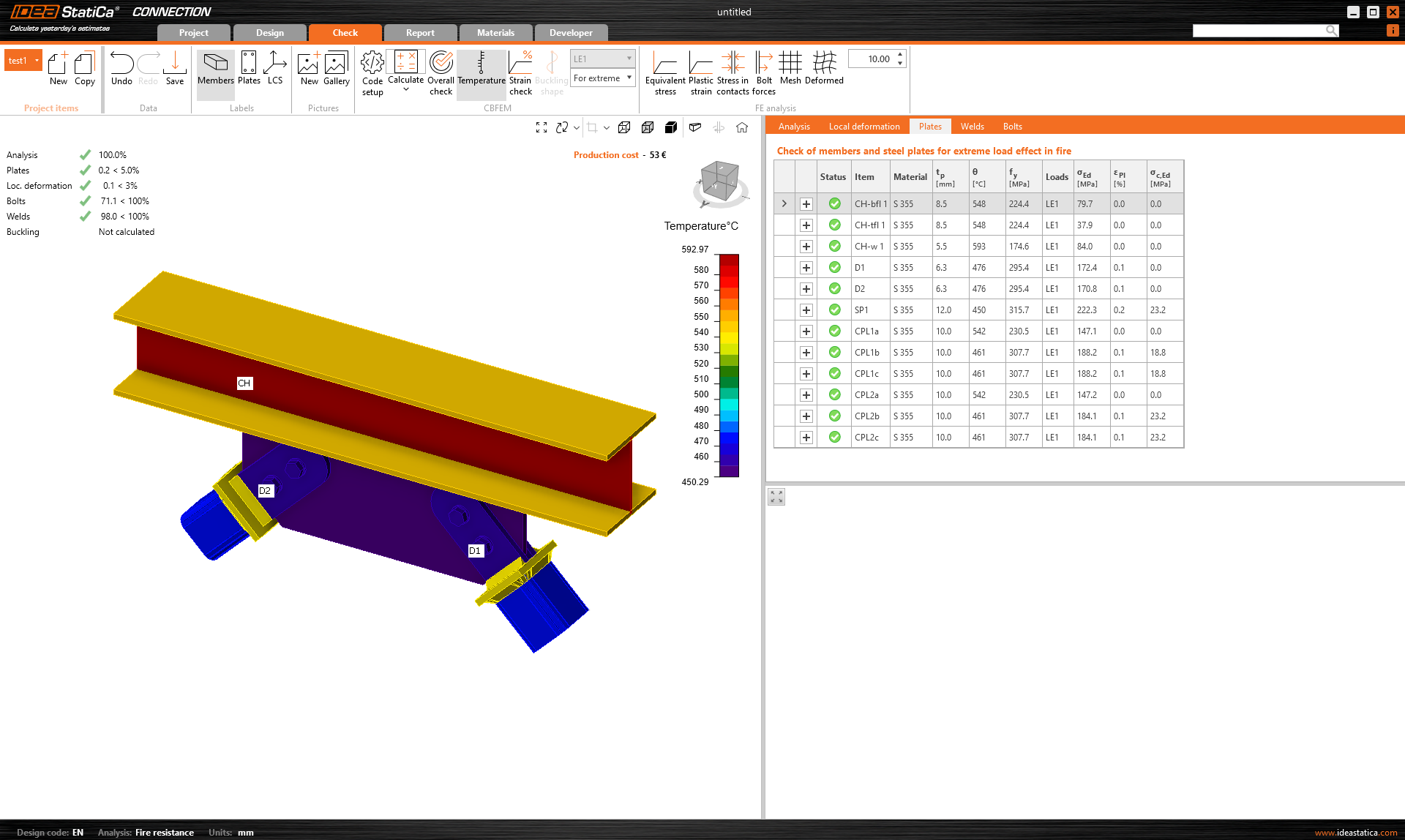
We were able to carry out simple comparisons on different cases within a few minutes, with the aid of a numerical model. We were also able to easily identify the weakest points in the design by reading the results.
Fire-resistant building designs that is safe and economically advantageous
The example above demonstrates how simple it is to design for the effects of a fire. IDEA StatiCa will aid you in designing a safe structure and take advantage economically. Therefore, there really should be no use to outdated conservative methods and risking the possibility of calculation error.
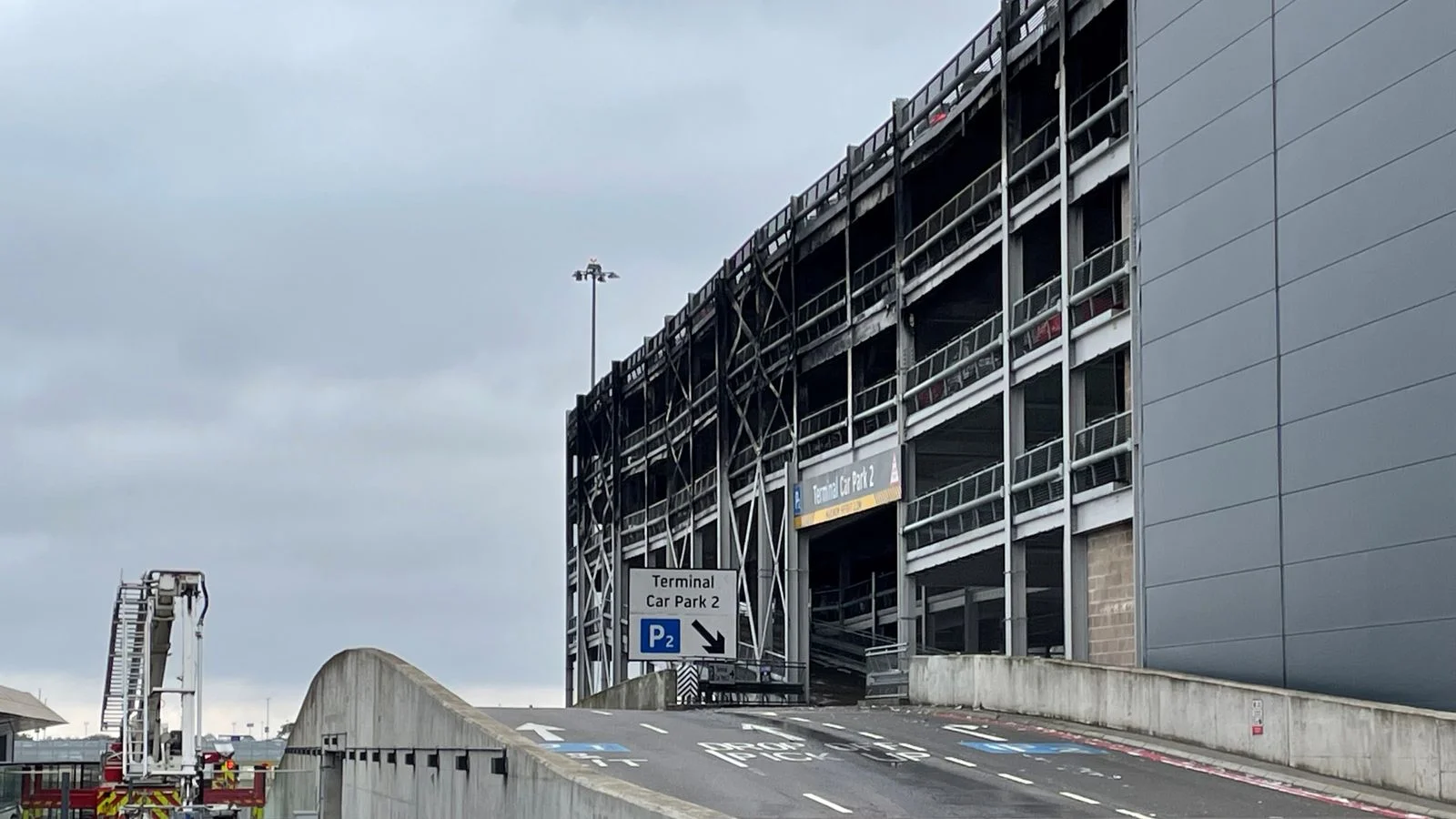
On top of the fire resistance aspect in IDEA StatiCa Connection, we also provide solutions for verifying all members via IDEA StatiCa Member.
For more theory, read the knowledge base article Fire Design or check the verification cases done by Professor Wald from CTU.



